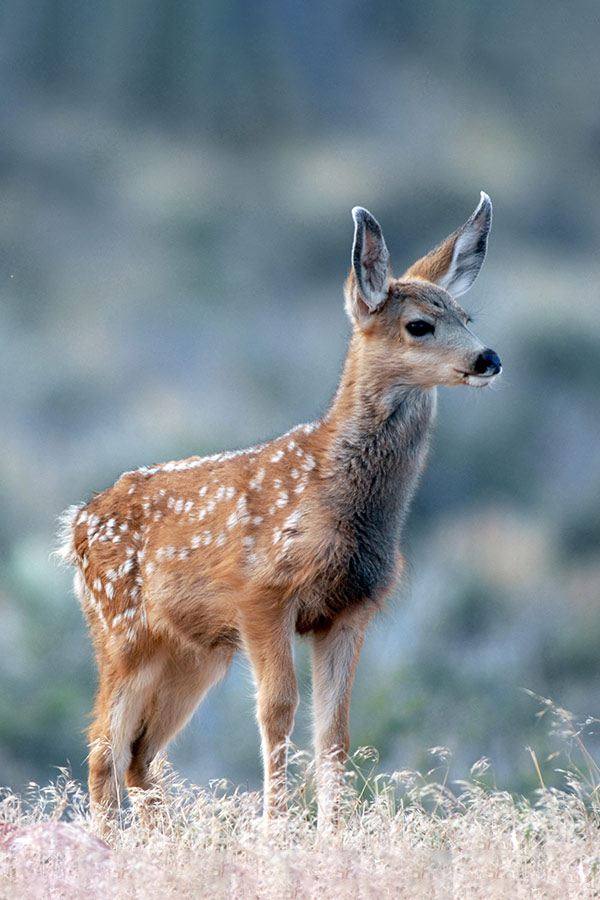
Baby Deer: The Enchanting Younglings of the Forest
In the verdant tapestry of nature, baby deer, known as fawns, emerge as captivating creatures that evoke a sense of wonder and awe. These delicate beings, with their wide-eyed innocence and playful demeanor, hold a special place in the hearts of nature enthusiasts and wildlife lovers alike.
Physical Characteristics
Baby deer are typically born with a reddish-brown coat adorned with white spots, which provide camouflage in the dappled sunlight of the forest. As they mature, their coats gradually transition to a more uniform brown or gray coloration. Their slender bodies are supported by long, graceful legs, allowing them to navigate the undergrowth with ease.
The most distinctive feature of fawns is their large, expressive eyes. These orbs, often fringed with long, dark lashes, convey a sense of vulnerability and curiosity. Their ears, which are initially floppy and pliable, gradually gain strength and become erect as they grow.
Behavior and Development
Baby deer are born with an innate instinct to hide from predators. Within hours of being born, they seek out secluded spots in the underbrush, where they remain motionless for extended periods. Their mothers, known as does, visit them periodically to nurse and groom them.
As fawns grow, they become more active and playful. They engage in playful chases and leaps, developing their coordination and agility. They also begin to explore their surroundings, venturing farther from their hiding places and interacting with other fawns.
Social Structure
Baby deer are typically born as singletons, although twins are not uncommon. They remain closely bonded to their mothers for the first few months of life, relying on them for protection and nourishment. As they mature, they may form loose associations with other fawns, creating small groups known as "nursery herds."
Communication
Baby deer communicate with their mothers and other fawns through a variety of vocalizations. They emit high-pitched bleats to signal distress or hunger, and they use soft grunts to maintain contact with their companions. They also engage in body language, such as tail flicks and ear movements, to convey their intentions.
Diet
Baby deer are initially dependent on their mothers’ milk for sustenance. As they grow, they gradually transition to a diet of vegetation, including grasses, leaves, and buds. They also consume fruits and nuts when available.
Predators and Threats
Baby deer face numerous predators in the wild, including coyotes, wolves, and bears. They are also vulnerable to disease and parasites. To protect themselves, they rely on their camouflage, their ability to hide, and their mothers’ vigilance.
Conservation Status
The conservation status of baby deer varies depending on the species and region. Some species, such as the white-tailed deer, are abundant and widespread, while others, such as the endangered Sumatran serow, face significant threats to their survival. Habitat loss, hunting, and disease are among the primary challenges facing baby deer populations.
Cultural Significance
Baby deer have long held a special place in human culture. They are often depicted in art, literature, and folklore as symbols of innocence, purity, and vulnerability. In many cultures, they are considered to be messengers of good fortune or divine favor.
Conclusion
Baby deer are enchanting creatures that embody the beauty and fragility of the natural world. Their wide-eyed innocence, playful demeanor, and close bond with their mothers evoke a sense of wonder and compassion in all who encounter them. As we strive to protect and preserve their habitats, we ensure that these captivating younglings will continue to grace our forests for generations to come.
